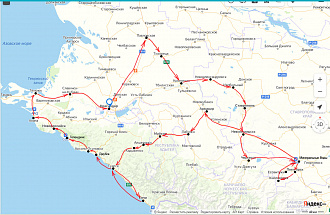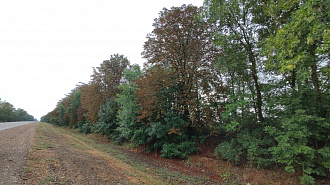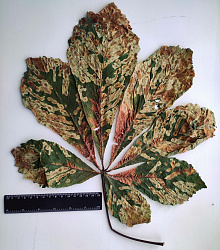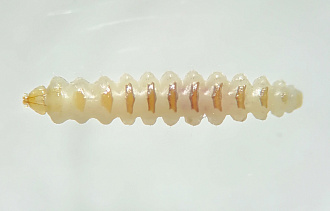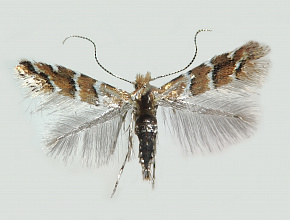Sleepless nights and a hundred volunteers: how scientists are investigating the spread of alien insect pests
29 November 2021 г.
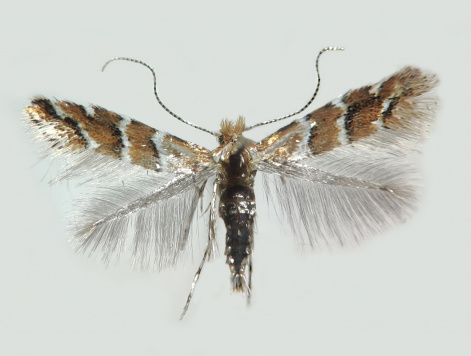
Why was the south rather than the north, which is closer to us, chosen as the object of research?
The south of Russia has a mild climate. This is one of the main regions through which new species enter our country. Alien insect pests of plants began to penetrate in here simultaneously with the intensive introduction of fruit and ornamental plants. Since the end of the last century, invasions of alien species have become regular. This is greatly facilitated by human activity. Intensive development of infrastructure and planting of greenery on the Sochi coast at the beginning of the XXI century, the import of new planting material from abroad, increased traffic flows, both ground and air ones, have led to the invasion of the region by dozens of new insect species.
The south of Russia, and especially its Black Sea coast, can be considered a “gateway” through which alien herbivorous insect species enter the country. Here, the species form their secondary ranges, spreading both deep into Russia and invading border countries.
What threats can these insects bring?
Alien insects often pose a threat to their habitual fodder plants, and they can also switch to new ones, i.e. plant species growing exclusively in the studied area of Russia. The lack of protective mechanisms in the latter gives pests an excellent chance to increase their number, causing serious damage to plants and spreading uncontrollably; in the case of fruit, we are talking here about crop losses, for example. Resisting such an invasion is difficult, given that natural regulatory factors in this case work poorly or do not work at all.
In nature, everything strives for balance, each pest has its own natural enemies - predators and parasites, capable of controlling the population of its prey or host. During invasion, alien species “escape” from their natural enemies, which remain in the homeland of the invaders. In colonized areas, local predators and parasites are not always able to quickly recognize and switch to alien species. And for the latter, this is a great opportunity to multiply and occupy as large area as possible.
What alien species have you studied in the field?
The model object was the Ohrid miner, or the chestnut miner (Cameraria ohridella). This European species (whose natural habitat is the Balkan Peninsula) over the past two decades has spread throughout almost all Europe, and a few years ago it penetrated into Russia. The chestnut moth causes significant harm to the horse chestnut, an ornamental plant species actively used for landscaping in Europe and in the European part of Russia. Caterpillars of this species eat away the leaf tissue from the inside, forming cavities in which they live. During mass reproduction, the leaves are completely covered with mines. The insect can give several generations per year, impairing the health and appearance of trees. In the south of Russia, due to the favorable climate, the chestnut moth “explodes” so that the chestnuts turn brown and the leaves begin to fall off as early as in the middle of summer, at the very peak of the season.
What specifically did you research for this species?
In the course of field work, we revealed the distribution of the species in the south of Russia, estimated the population density, and took samples for molecular genetic analysis. To do this, together with another project participant, Natalia Karpun, Doctor of Biological Sciences, Chief Researcher of the Federal Research Center "Subtropical Scientific Center of the Russian Academy of Sciences", we drove about two and a half thousand kilometers through the areas of Krasnodar and Stavropol and adjacent republics with regular stops in settlements, suburban areas, protective forest belts, where the horse chestnut grows. Taking into account the difficult route and mountain roads in the studied area, the work was super-intensive. As a result, we collected impressive biological material and made the necessary assessments.
What questions do you plan to get answers to, using the methods of molecular genetics?
DNA barcoding of samples (analysis of a fragment of the mitochondrial gene COI) will allow reconstructing pathways of the species invasion, identifying donor regions of invasive populations, and predicting the spread of the pest in the country. We selected for this analysis about 200 samples from the southern populations of the species.
It should be remembered that, in addition to the south of the country, the species has spread to the central and, partly, to some northern regions of the European part of Russia. To understand the whole picture of invasion of the Ohrid miner, the greatest possible geographical coverage is required. Therefore, in order to solve the project tasks, it was important for us to “get” the material from other parts of the country, where this pest had recently entered. And for this we resorted to a simple, but unusual solution for Russian science.
What was it?
To save money, time and efforts, the team of our project, under the supervision of Dmitry Musolin, Doctor of Biological Sciences, Vice-Rector for International Relations of the C.M. Kirov St.Peterburg State Forest Technical University, held a compaign in the format of citizen science. We called for citizens of different regions of the European part of Russia to help us in collecting and sending leaves with characteristic damage (mines), the latter could contain caterpillars and pupae of an alien pest, i.e. the samples we needed for genetic analysis. To do this, we systematically contacted users of numerous social networks, different communities, and also made a request in fan-made correspondence via e-mail. We gave clear instructions as to finding, collecting and sending samples (we paid for the latter), which were understandable to a common man.
Thus, we were able to interest a huge audience. More than a hundred residents of the country responded to our request, and we received material from more than thirty administrative regions of the European part of Russia! The samples obtained will allow us to obtain full-fledged results for solving the complex task of the project.
________________________________________
The research is carried out with the support of the Russian Science Foundation, project No. 21-16-00050.
Share:

